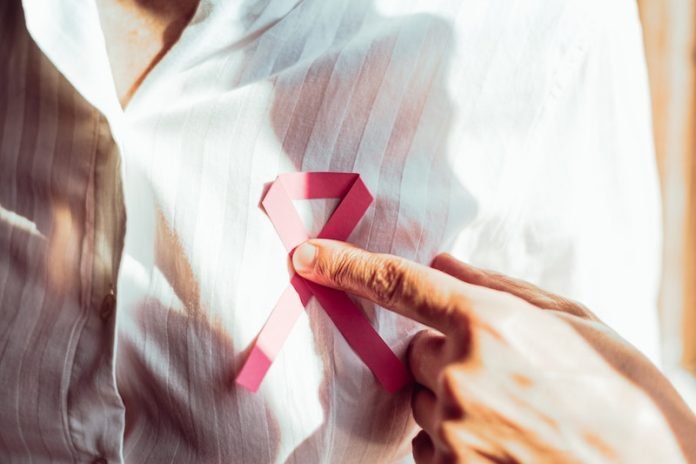
Breast cancer is a disease that has puzzled scientists for a long time. Now, a research team from Kyoto University has made some breakthroughs in understanding how this disease comes to be.
Their findings not only explain how the cells in the breast change over time but also show the role of estrogen, a female hormone, in this process.
A Close Look at Breast Cells
The researchers focused on specific cells in the breast, known as epithelial cells, that are mainly responsible for making milk.
They discovered that from puberty until menopause, these cells go through about 20 changes or mutations every year. However, once a woman reaches menopause, the rate of these changes drops significantly.
Estrogen and Breast Cancer
Why does this matter? Well, estrogen, the hormone we mentioned earlier, seems to play a big role. The research shows that the hormone is involved in these cell mutations.
Estrogen-sensitive breast cancers, which make up about 70% of all breast cancers, appear to start this way.
Interestingly, the team found that the rate of these mutations goes down after a woman gives birth.
This suggests that pregnancy has an impact on the risk of developing breast cancer later in life, specifically the kind that is sensitive to estrogen.
More Than Just Bad Cells
Before this study, a lot of the focus was on what scientists call “driver mutations.” These are mutations in cells that have already turned cancerous and start to grow out of control.
While this is important to understand, it’s like looking at the end of a movie and trying to figure out how it all started.
The Kyoto University team looked at both the cancerous cells and the cells around them that appeared to be normal.
What they found was quite surprising. Even the cells that looked normal had already started to change in a way that could eventually lead to cancer.
By comparing the changes in both cancerous and normal-looking cells, they were able to map out how breast cancer cells evolve over time.
This map, or evolutionary tree as they call it, helps us understand the pattern in which breast cancer develops.
What Does This Mean for Us?
The findings of this study offer new ways to understand how breast cancer forms, especially for younger women who haven’t reached menopause yet.
Understanding the role of estrogen and how cells change over time could lead to better methods for monitoring cancer risk and perhaps even preventing it.
In summary, the researchers at Kyoto University have filled in some big gaps in our understanding of breast cancer.
Their work shines a light on the role of estrogen and the mutations that occur in breast cells over a woman’s life, bringing us closer to better methods for detecting and preventing this disease.
If you care about breast cancer, please read studies about a major cause of deadly breast cancer, and common blood pressure drugs may increase death risk in breast cancer.
For more information about cancer, please see recent studies that new cancer treatment could reawaken the immune system, and results showing vitamin D can cut cancer death risk.
The study was published in Nature.
Follow us on Twitter for more articles about this topic.
Copyright © 2023 Knowridge Science Report. All rights reserved.



